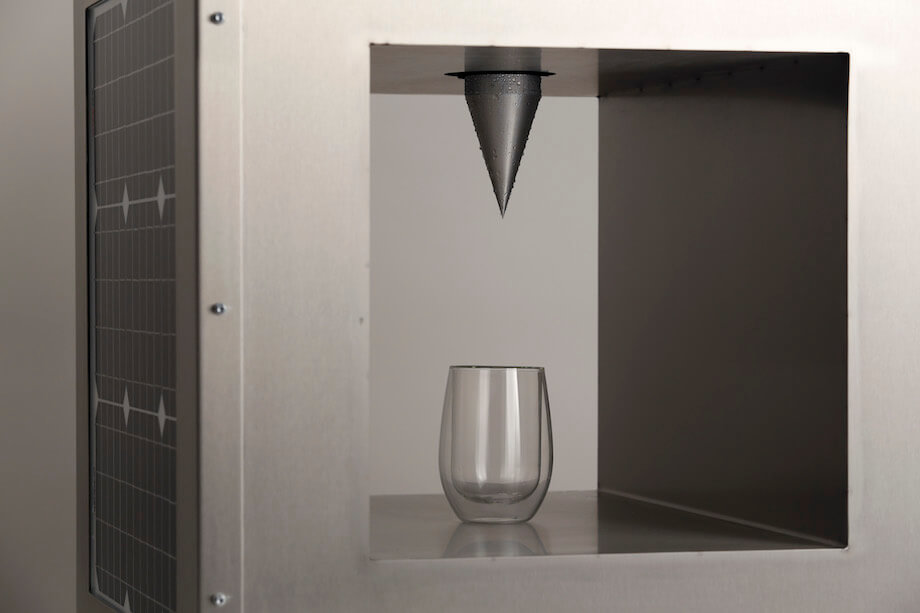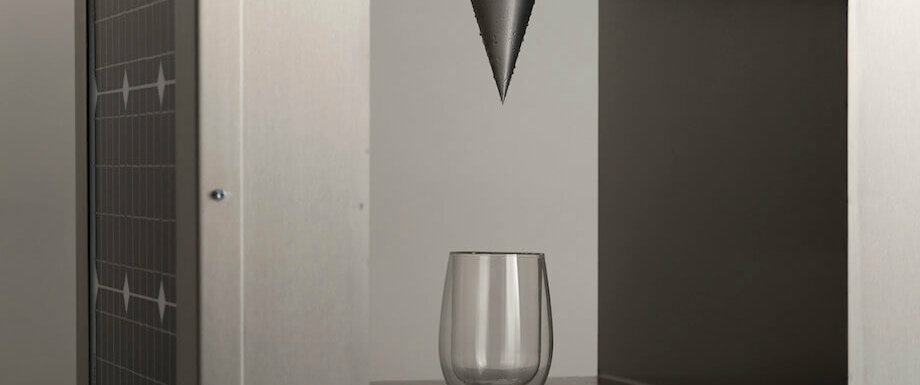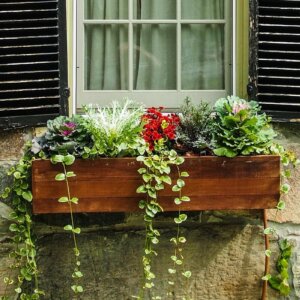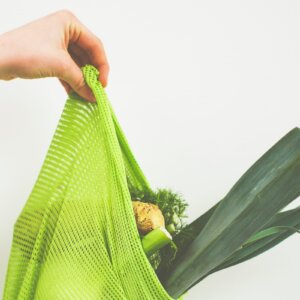You can use solar power to pump water, you can use solar power to heat water, and you can use use solar power to purify water, but what if you could use solar power to make water.
A few dreamers are working toward this reality.
In June 2016, Artist Ap Verheggen unveiled WaterCube. Watch the dreamy video, it’s only 30 seconds long.
The solar panels on the side of the box power a refrigeration unit that cools down the cone. Condensation on the cone drips into the glass. Verheggen writes that WaterCube produced about 1 cup of water—and that he and his team are working towards a goal of producing 10 liters per day.

The technology behind WaterCube comes from Verheggen’s art project SunGlacier. The goal of the project is simple—build a glacier in the desert. Wait, what?
A Glacier in The Desert from sunglacier on Vimeo.
As the video explains, Verhaggen’s team is replicating desert conditions in a shipping container to attempt the feat of generating a massive block of ice in the desert. The artistic idea is that the dissonance of ice in a desert will bring more attention to the threat posed by climate change. What Verhaggen’s team learns will power more practical projects like the WaterCube.

Across the world on Puget Sound’s Bainbridge Island, Joe Ellsworth produces AirSolarWater, a device that traps moisture in salt, then extracts it with solar-powered heating. At night, when the air contains the most moisture (that is to say, humidity is highest), the moisture is absorbed into the salt with the help of an absorption fan. During the day, the device turns into a solar oven that “bakes” the moisture out of the salt.
Joe’s device is not going to replace your daily water needs—it only generates about six cups of water a day (though, in a recent test, he was able to get production closer to nine cups). But it could keep you alive. Joe, who has patented his device, suggests that solar water production could be the key to combatting climate change.
“Insurance underwriters and commercial bankers should be pursuing massive deployment of AirSolarWater in lieu of carbon emitting water sources because the reduction in coastal flooding could more than pay for the AirSolarWater systems.”
Here’s Joe explaining how the system works.
The promise of solar-powered water production is intriguing. The hotter and sunnier it is, the more water we humans need. Happily, the hotter and sunnier it is, the more water a solar-powered water generator would produce.










































Leave a Reply